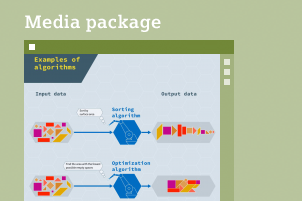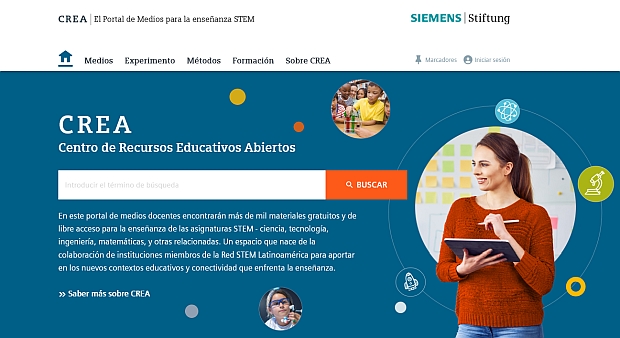Algorithms in our everyday lives

...
The media package is divided into three parts:
• Introduction
• Practical examples
• Opportunities and challenges
The first two parts are suitable starting from grade 7. The content, tasks, and correlations of the “opportunities and challenges” part are more complex and require corresponding cognitive abilities. In addition, they increasingly establish social and political correlations. For this reason, this part is also suitable starting from grade 10 in the subjects of ethics and civics and politics.


